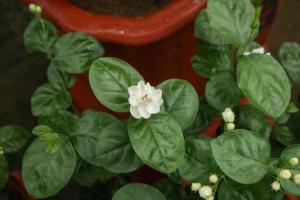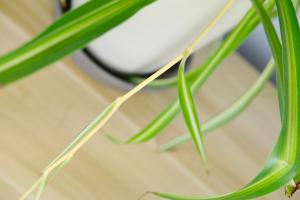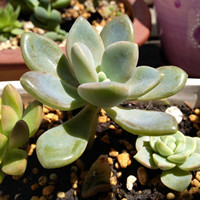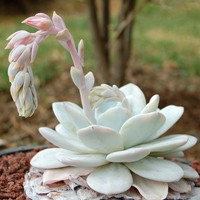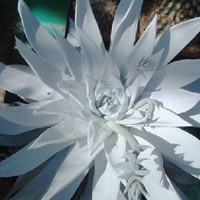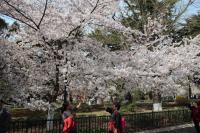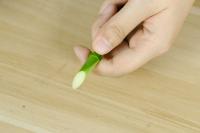Fleshy rotten root
Root rot causes
Summer is the season with the most frequent occurrence of fleshy and rotten roots. If you pour too much water and get caught in heavy rain, the weather is muggy and not ventilated. If you are not careful, there will be problems with fleshy
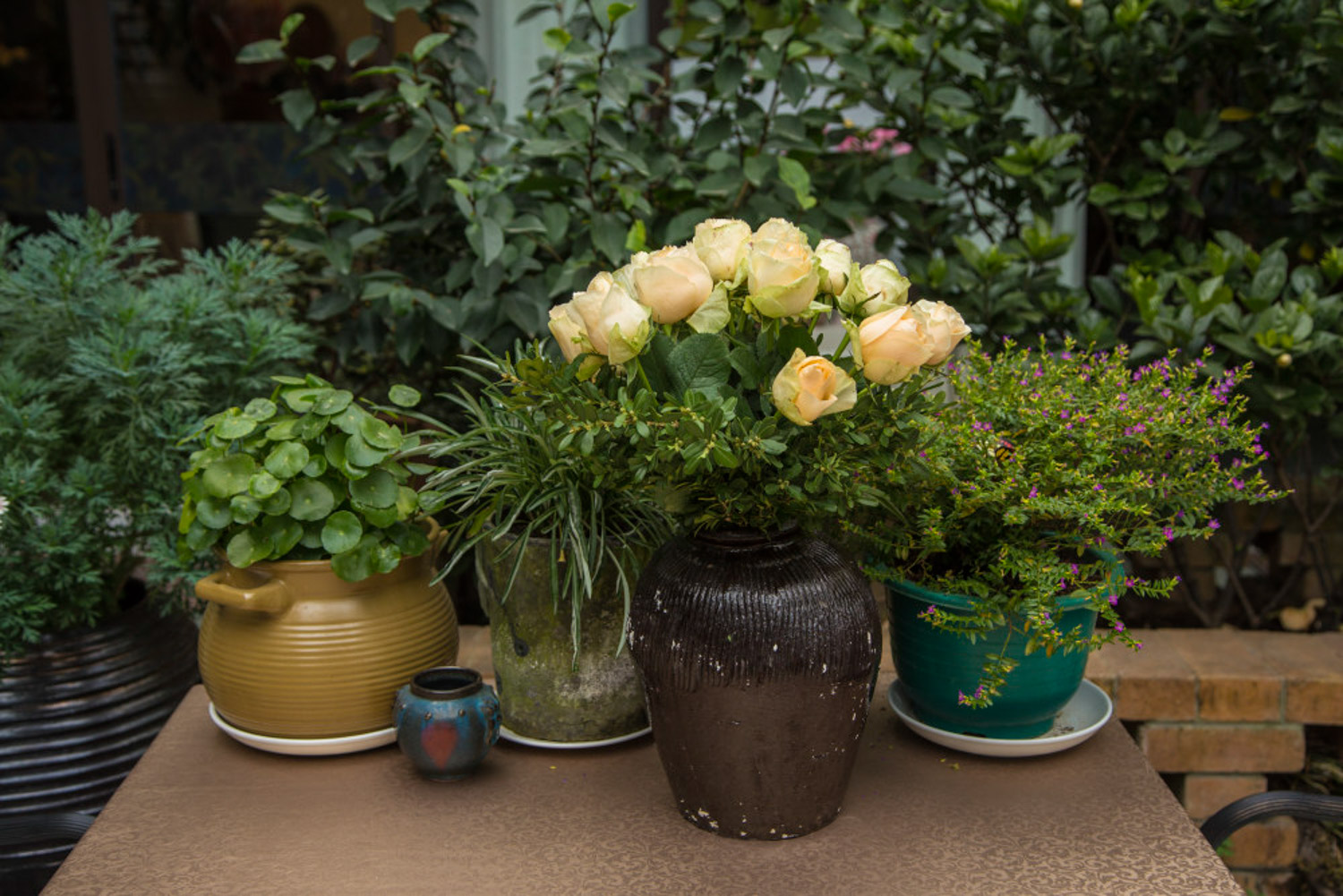
Solution
1. Slight decay
When it is found that there is slight rot in the meat, quickly put it in a well ventilated place to let the water evaporate quickly, and the flower pot can also be raised. If there is no good ventilation environment, you can use an electric fan to blow against the flower pot and drain the water as soon as possible
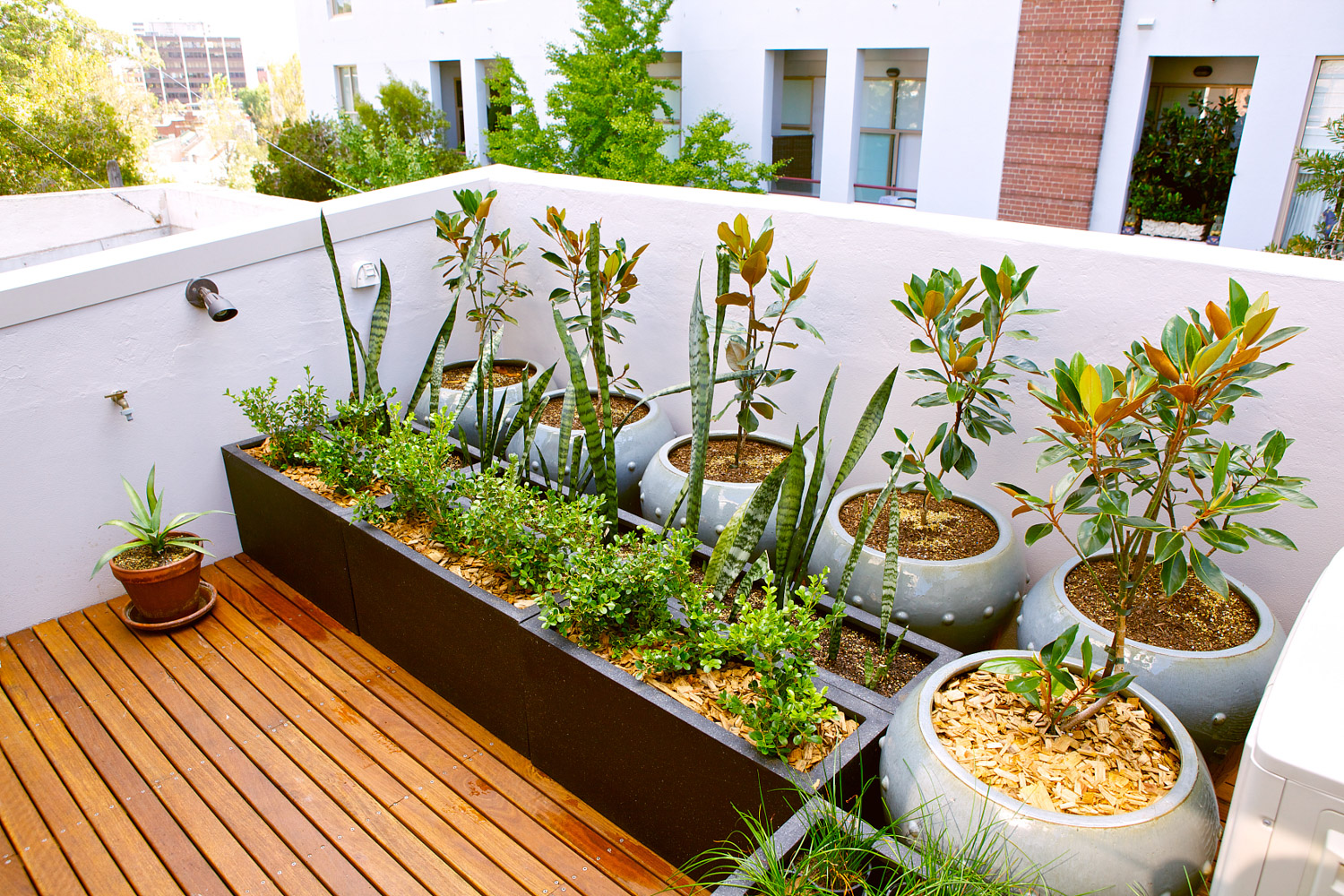
2. Moderate decay
When the meat is moderately rotten, for example, the leaves have been obviously damaged. At this time, you can take the plants out of the flower pot, remove the soil, clean up the rotten roots, and then put them in a cool and ventilated place to cool for a few days, and then put them in the pot again

3. Severe decay
Severe rot refers to the phenomenon of complete root rot. in this case, we need to clean up all the rotten roots and keep only the healthy part. Then, apply carbendazim on the wound and dry it in the shade, and then re select the appropriate soil for the basin

Preventive measures
In order to effectively avoid excessive meat and rotten roots, Huahua gives you the following suggestions:
1. Strengthen ventilation and try to put meat on windowsill, balcony or terrace
2. The soil is loose and breathable, and more non water retaining materials are added, such as vermiculite, river sand, etc
3. Appropriately reduce the size of flowerpots, large pots for large meat and small pots for small meat
4. Proper water control, most of the meat in summer is in a dormant state, and there are few requirements for it, so proper water supply is enough
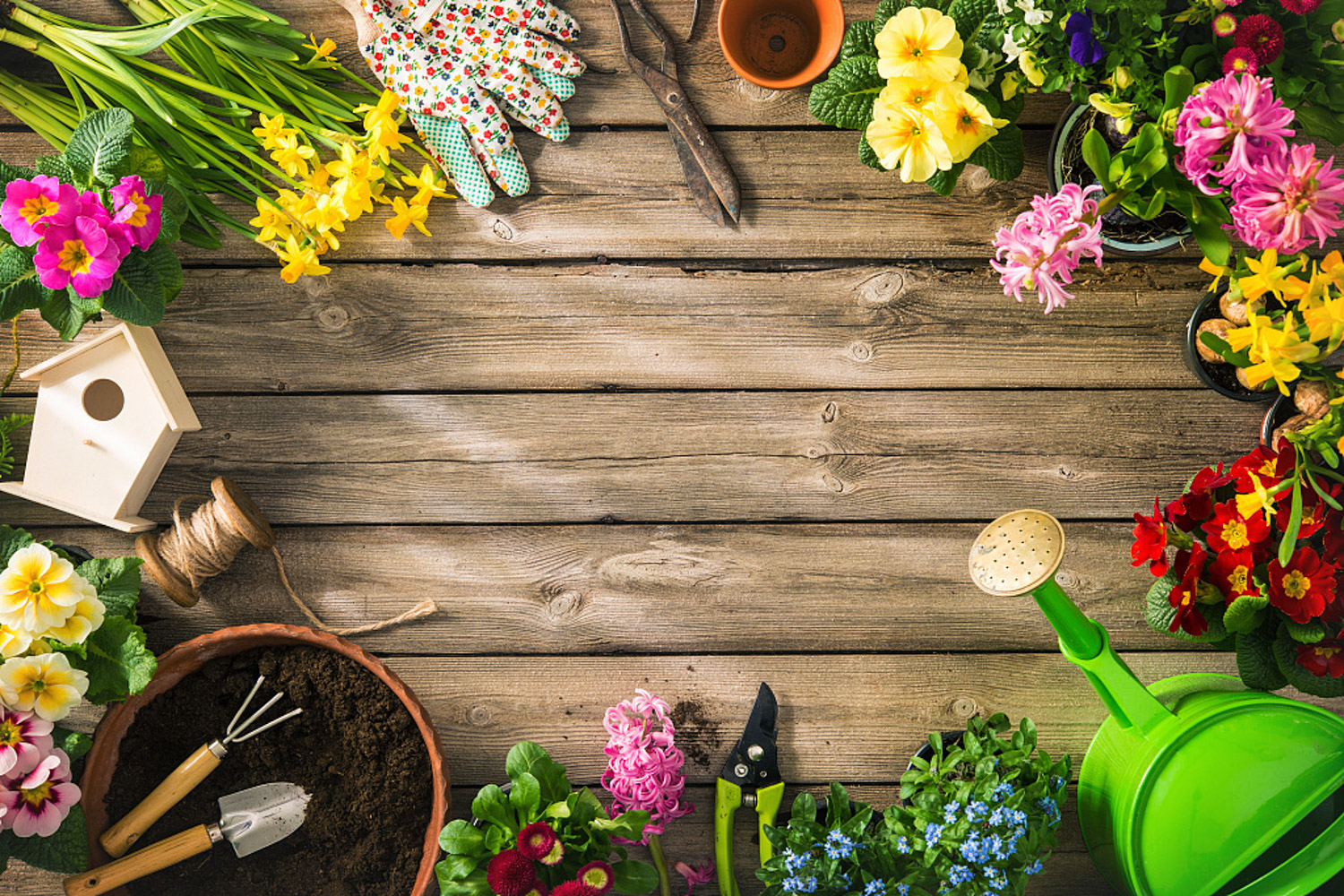
Gardenia rotten root
Root rot causes
1. Soil hardening
Gardenia likes loose and breathable soil. In order to save costs, many florists directly use garden soil, which has poor permeability, resulting in poor root respiration and rotten roots
2. Excessive watering
After the soil hardens, the basin soil is easy to accumulate water when watering too much. In this way, the root system is equal to soaking in the water all the time. Coupled with the muggy weather in summer, over time, it will lead to root rot and yellow leaves

Solution
1. Take the Gardenia out of the pot, remove the original garden soil, and wash the roots out of the soil, so as to observe the rotten roots
2. Cut off all rotten roots with scissors, then soak and disinfect them with carbendazim, put them in a cool and ventilated place and dry them slightly
3. Select loose and breathable soil, and mix humus soil, pastoral soil and river sand in the proportion of 2:2:1. Put an appropriate amount of ceramsite on the bottom of the flowerpot as a drainage layer, and put Gardenia back into the basin

After placing in the pot, put it in a cool and ventilated place to slow the seedling for a period of time, and then put it in a place with sufficient light for maintenance
Preventive measures
1. When watering, pay attention to observation at ordinary times. When you see that the soil is dry, water it again to ensure that there is no ponding in the basin soil
2. When the pot soil is alkaline, gardenia is also prone to yellow leaves and rotten roots. You can pour ferrous sulfate on Gardenia once a month
3. Keep in the sun and try to put it in the place where the solar energy is direct, so as to ensure a good ventilation environment

Yellow leaves of green pineapple
Yellow leaf cause
Summer is the season of frequent occurrence of yellow leaves of green pineapple. Too little watering is easy to cause dry yellow leaves. Too much watering is easy to cause yellow leaves. When green pineapple does not have enough nutrients to grow, it is also easy to cause yellow leaves

Solution
Once yellow leaves are found in green pineapple, cut off the yellow leaves in time to avoid infection. When pruning, you can cut off the whole yellow leaves or only the Yellow parts
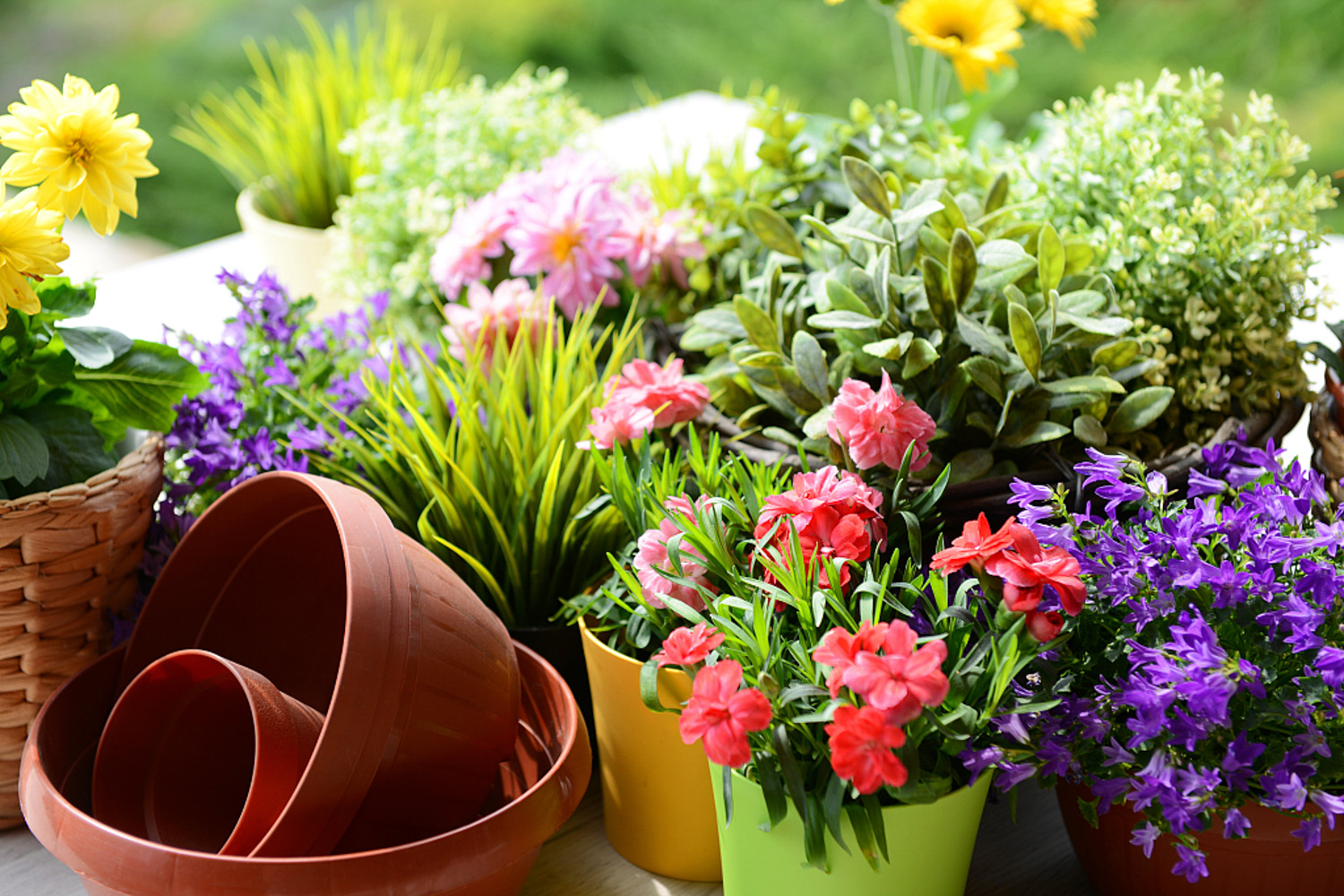
Preventive measures
To avoid the yellowing of green roses, we should do the following:
1. Proper watering
The green rose grows vigorously in summer. The water supply should be sufficient. It is necessary to keep the basin soil moist, but there should be no ponding. In addition, when the air is dry, spray water on and around the leaf surface to keep the leaf surface clean
2. Proper fertilization
Every half a month, you can pour fermented rice washing water on lvluo. You can also buy special foliar fertilizer to promote the healthy growth of green pineapple

Long life flower rotten root
Root rot causes
Changshou flower is in dormancy in summer. Many flower friends do not know whether it is normal watering and maintenance, which leads to rotten roots due to excessive water
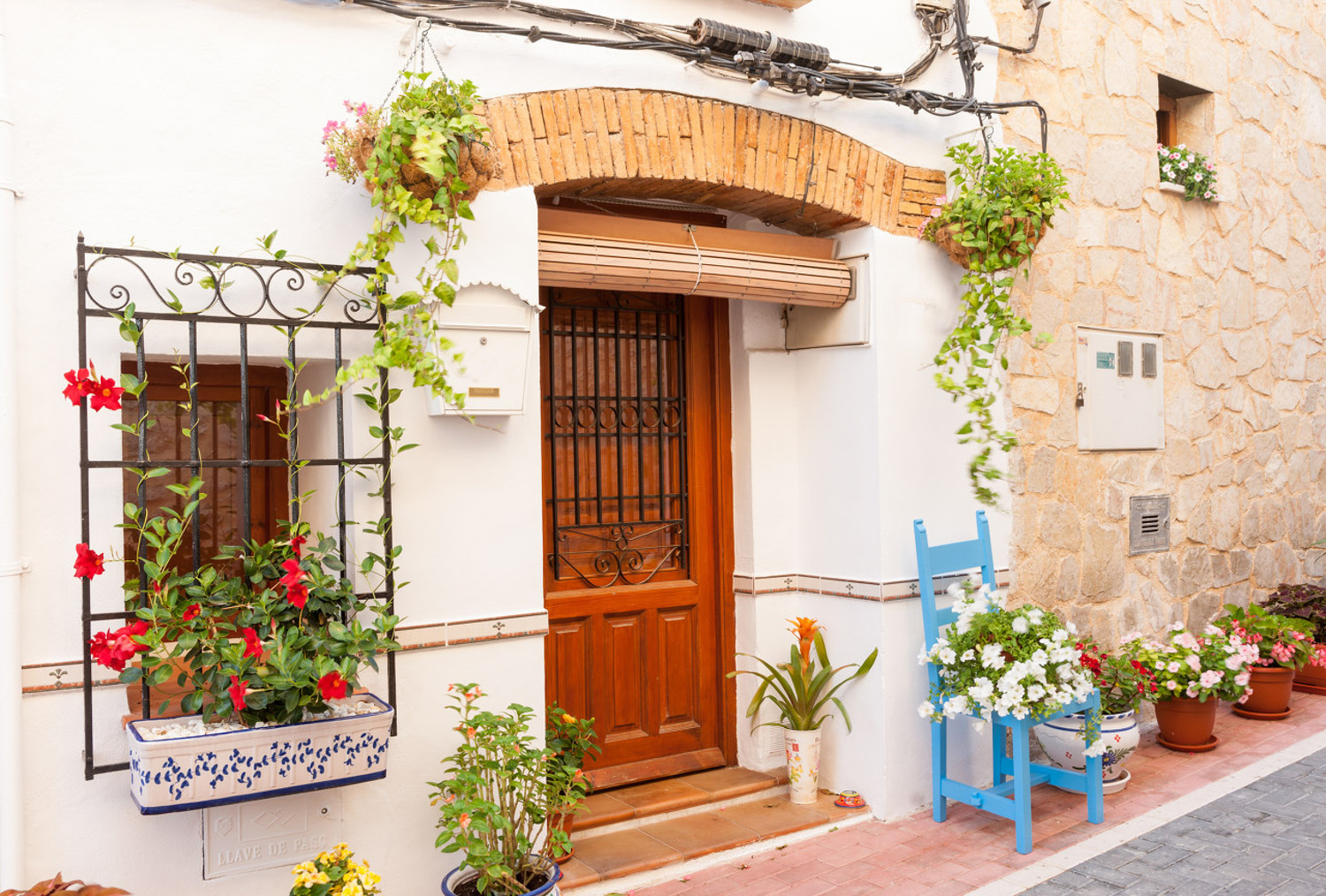
Solution
After the rotten roots of Changshou flower, we can cut off all the roots and revive them by cutting again
1. Take the long-lived flower with rotten roots out of the pot and remove the soil on the roots
2. Cut off the rotten part, select a healthy stem, cut it into a length of about 10cm, and put it in a cool and ventilated place to dry for cutting
3. Long life cuttage must choose permeable matrix, such as vermiculite, perlite and river sand, otherwise it is still easy to rot. After cutting, water as little as possible and keep the matrix slightly wet

Preventive measures
Summer is the dormancy period of longevity flowers. To prevent the root rot of longevity flowers, we must water less, keep the basin soil slightly dry, strengthen ventilation and avoid exposure to the sun. Place the longevity flower at the light scattering place on the south balcony
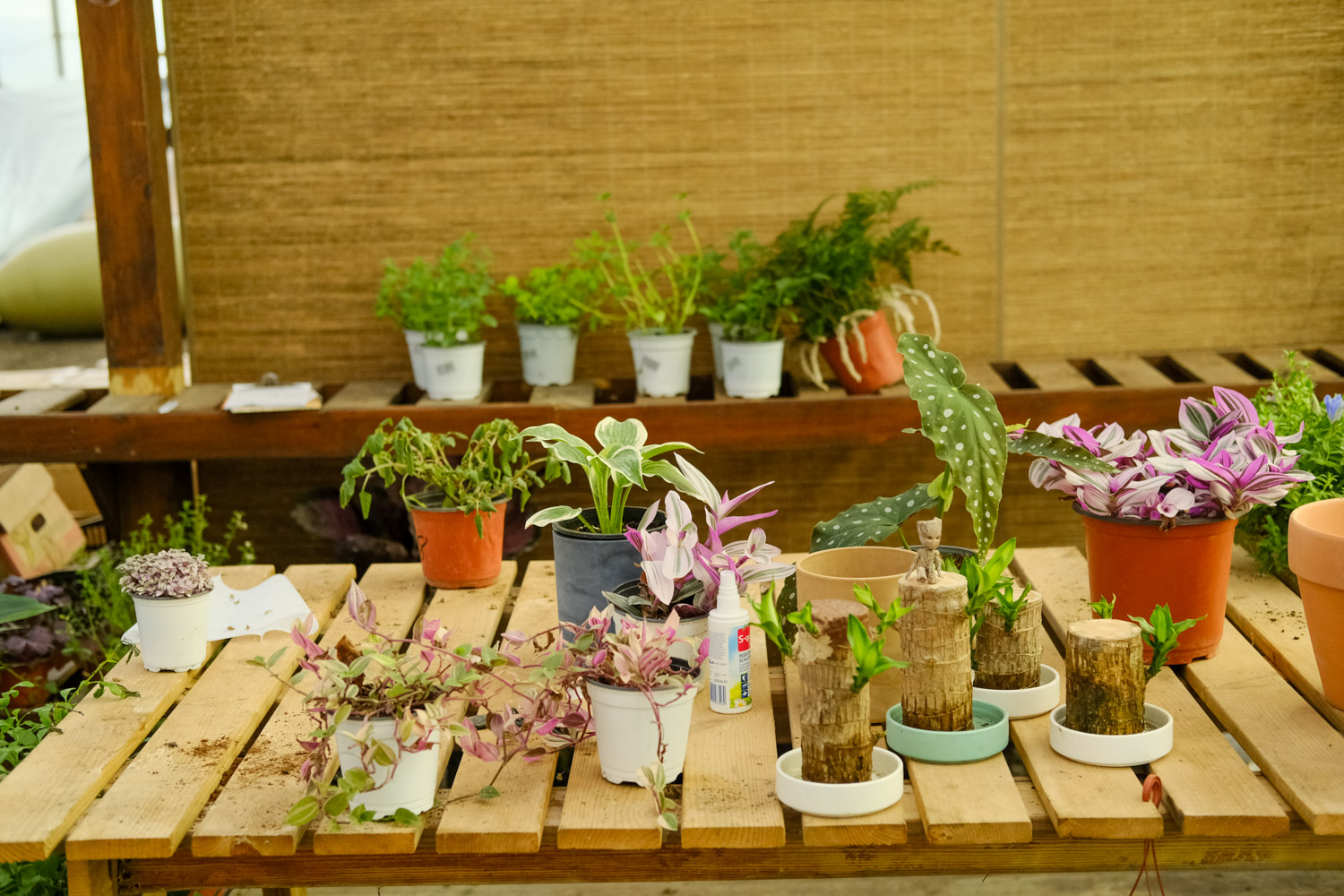
Rose yellow leaf
Yellow leaf cause
The yellow leaves of rose in summer are mostly caused by the dry weather and untimely watering in the north, while the leaves will turn yellow if the pot soil is too wet in the plum rain season in the south
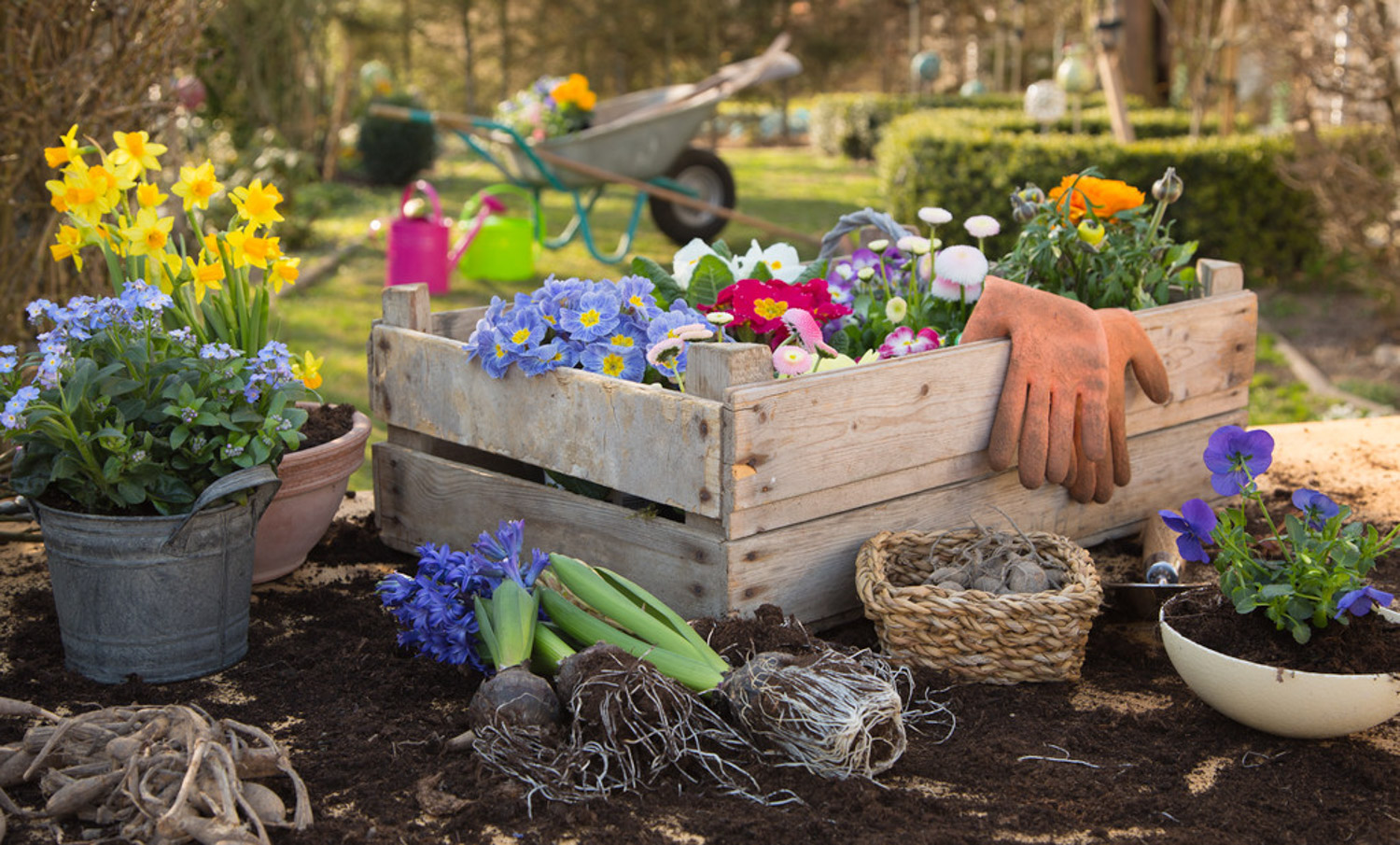
Solution
When yellow leaves appear in roses, cut them off in time. After that, carefully observe the growth of rose, judge the cause of yellowing, check the dryness and wetness of basin soil, whether it is too dry or too wet, whether the ventilation is good, whether the light is sufficient, and apply the medicine to the case
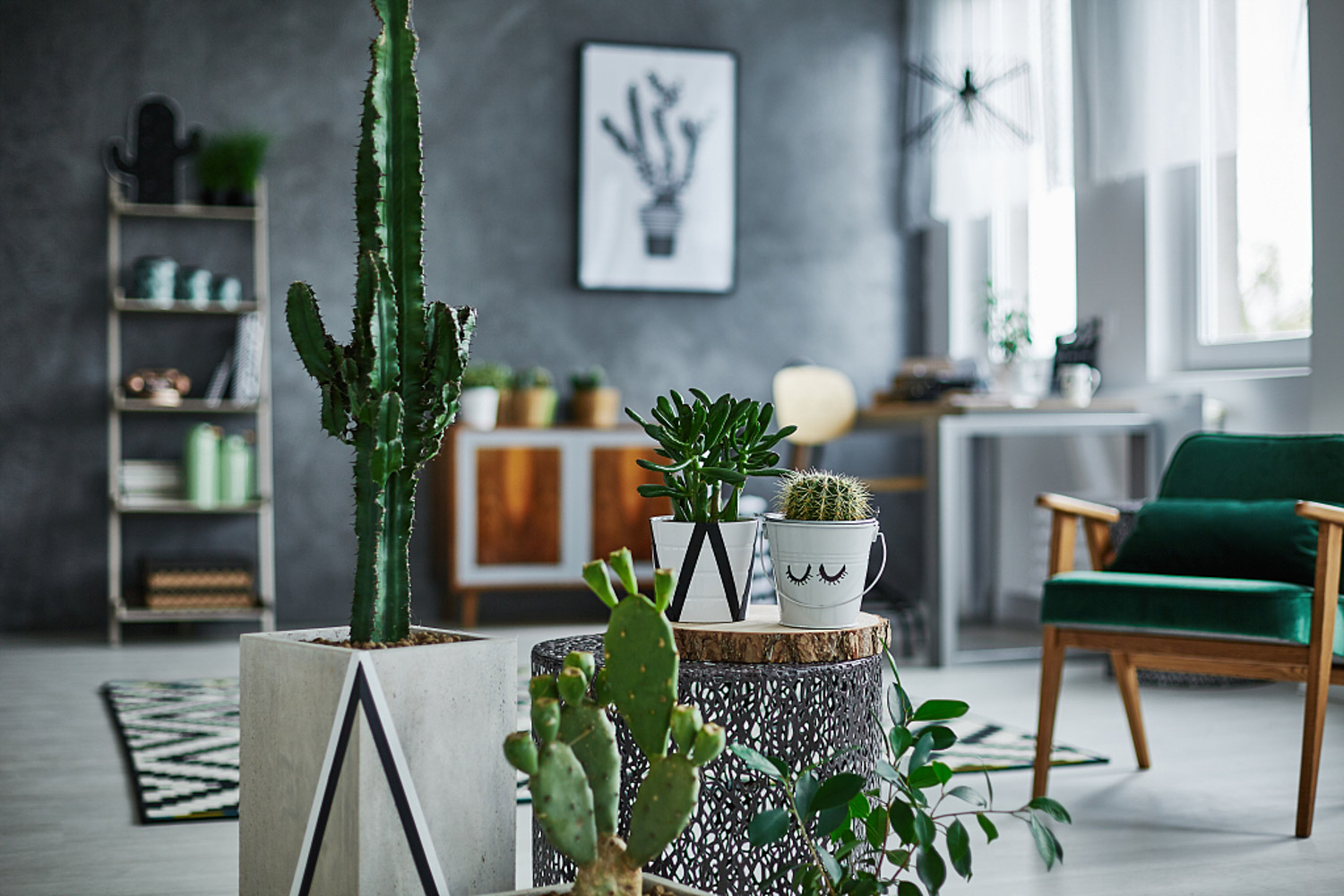
Preventive measures
1. Timely watering
You can choose a bigger pot. When you find that the pot soil turns white, water it immediately. Water it thoroughly every time until you see the water flowing out of the pot. Try to reduce the number of rainy seasons
2. Rational fertilization
After the flowering period of summer rose has passed, the residual flowers shall be removed in time and pruned properly. When flowering, the plant consumes a lot of nutrients. Therefore, at this time, it is best to apply an appropriate amount of organic fertilizer to the rose, mainly nitrogen fertilizer, such as cake fertilizer, soybean residue fertilizer, etc

Rotten roots of Clivia
Root rot causes
Clivia is in dormancy in summer. At this time, fertilization should be stopped and watering should be controlled. When watering too much, it is easy to lead to root rot
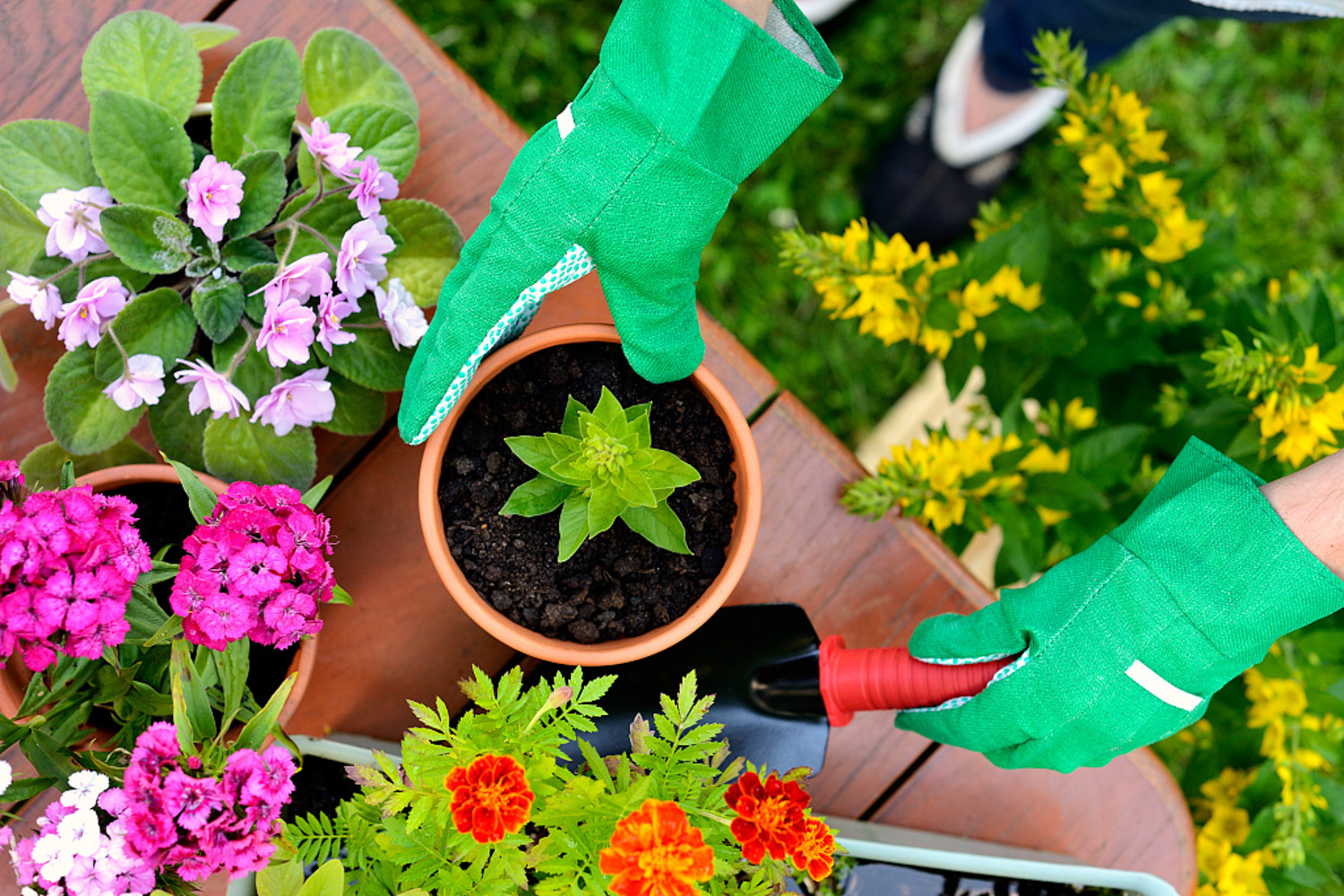
Solution
1. Remove the rotten root Clivia from the flower pot and remove the soil on the root
2. Clean the rotten roots with scissors
3. Soak the cleaned Clivia in carbendazim solution for a period of time and sterilize it
4. Then put the treated Clivia in a cool and ventilated place and dry the roots
5. After drying, Clivia can grow new roots after a period of time
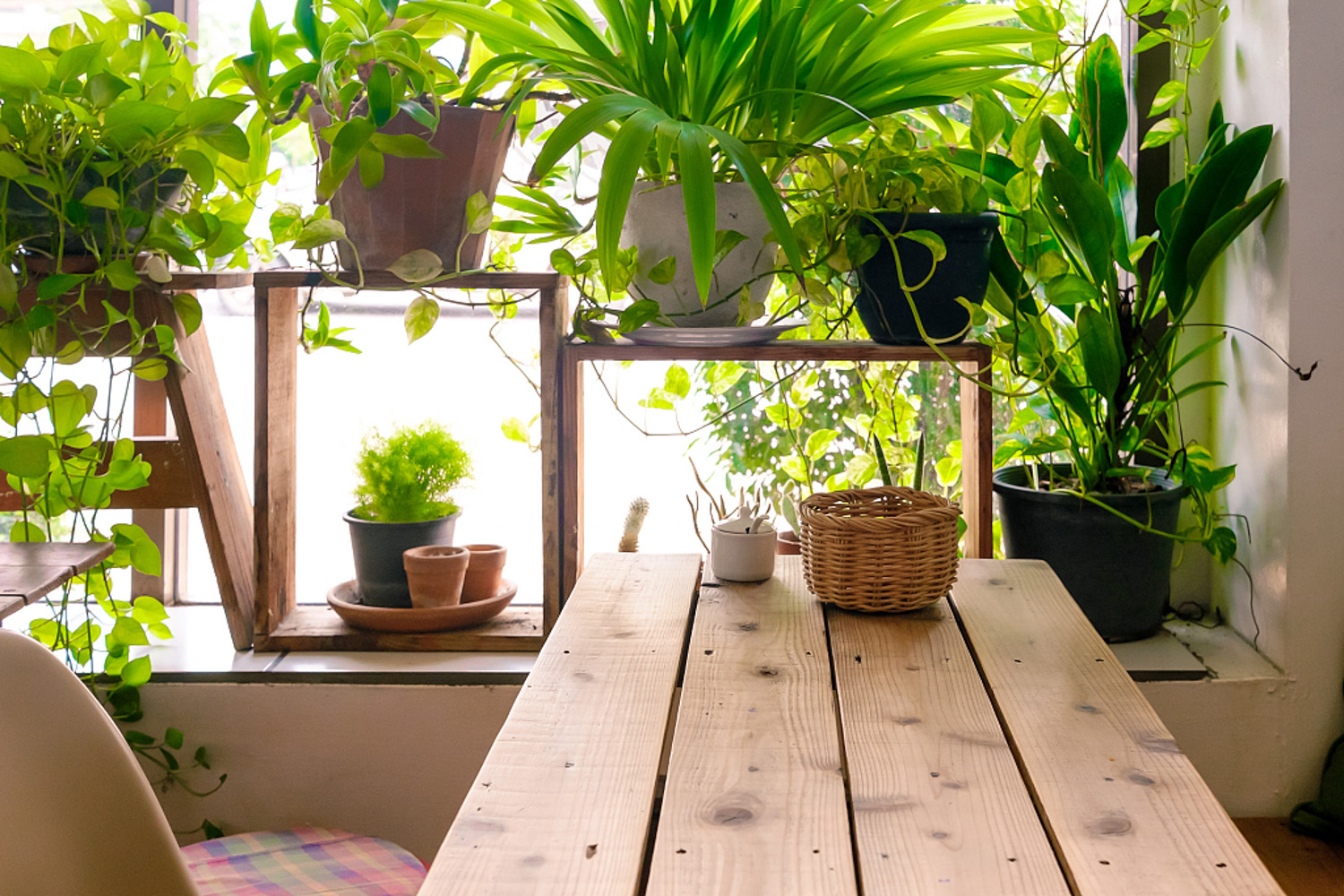
Preventive measures
1. Keep ventilation, put Clivia in a place with scattered light, and open windows for ventilation every day
2. The root system of Clivia can not be watered properly even if the soil is dormant. During the summer dormancy period, the soil can be kept moist without ponding or over drying. The specific watering time should be determined according to their respective maintenance environment
3. Scattered light irradiation, Clivia can withstand half shade, but can not grow in dark conditions for a long time. Even in summer, it is best to put it on the south balcony with sufficient light

Chlorophytum yellow leaf
Cause of yellowing
Chlorophytum is a green plant often raised in the family. It is strong in nature, simple in maintenance and has little requirements for light. However, when it is watered too much and fertilized too little or too much, it is also easy to cause yellow leaves in Chlorophytum

Solution
When yellow leaves appear in Chlorophytum, trim the yellow leaves in time. Analyze the growth status of Chlorophytum from the aspects of light, temperature, moisture, fertilizer and air humidity, and improve the maintenance methods in time
Preventive measures
1. Illumination
In summer, the light is strong. You can see the light in the morning and evening. It should be properly shaded during the day. Try not to put it on the south facing balcony. Rotate the Chlorophytum flowerpot about 15 degrees every week to ensure good growth
2. Watering
Chlorophytum grows vigorously in summer. It is necessary to ensure sufficient water. Watering shall be carried out in the morning and evening as far as possible, and water can be sprayed on the leaves around noon
3. Fertilization
Every month, an appropriate amount of retting organic fertilizer such as bone meal, eggshell and rotten vegetable leaves can be added to the flowerpot, and an appropriate amount of foliar fertilizer can also be sprayed on the foliar surface to promote the growth of leaves

A rich tree has rotten roots
Cause of yellowing
The root system of fortune tree is underdeveloped and has poor water absorption capacity. When watering too much and ponding in the basin soil, it is easy to lead to root rot

Solution
Take the fortune tree out of the flower pot, remove the soil on the root system, trim the rotten root system, and then soak the treated stump in diluted potassium permanganate for 24 hours
After that, dry the roots and put them in the basin again. If possible, apply an appropriate amount of rooting powder on the roots to promote rooting. Soon, new roots will grow. Note that during the rooting period of fortune tree, watering must be controlled, otherwise it is easy to decay again

Preventive measures
1. Watering
At any time, strictly control the watering amount of fortune tree, and water it after seeing the soil turn white to avoid the basin soil being too wet. When it is dry in summer, spray water on the leaf surface
2. Fertilization
Fortune tree doesn't need much fertilizer. Usually, it can be watered with rice washing water every half a month and then cultured with fish water

Flower friends, do you have any questions
Just tell me in the message in the lower right corner< span>

 how many times do yo...
how many times do yo... how many planted tre...
how many planted tre...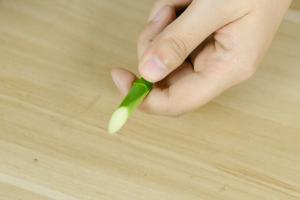 how many pine trees ...
how many pine trees ... how many pecan trees...
how many pecan trees... how many plants comp...
how many plants comp... how many plants can ...
how many plants can ... how many plants and ...
how many plants and ... how many pepper plan...
how many pepper plan...
